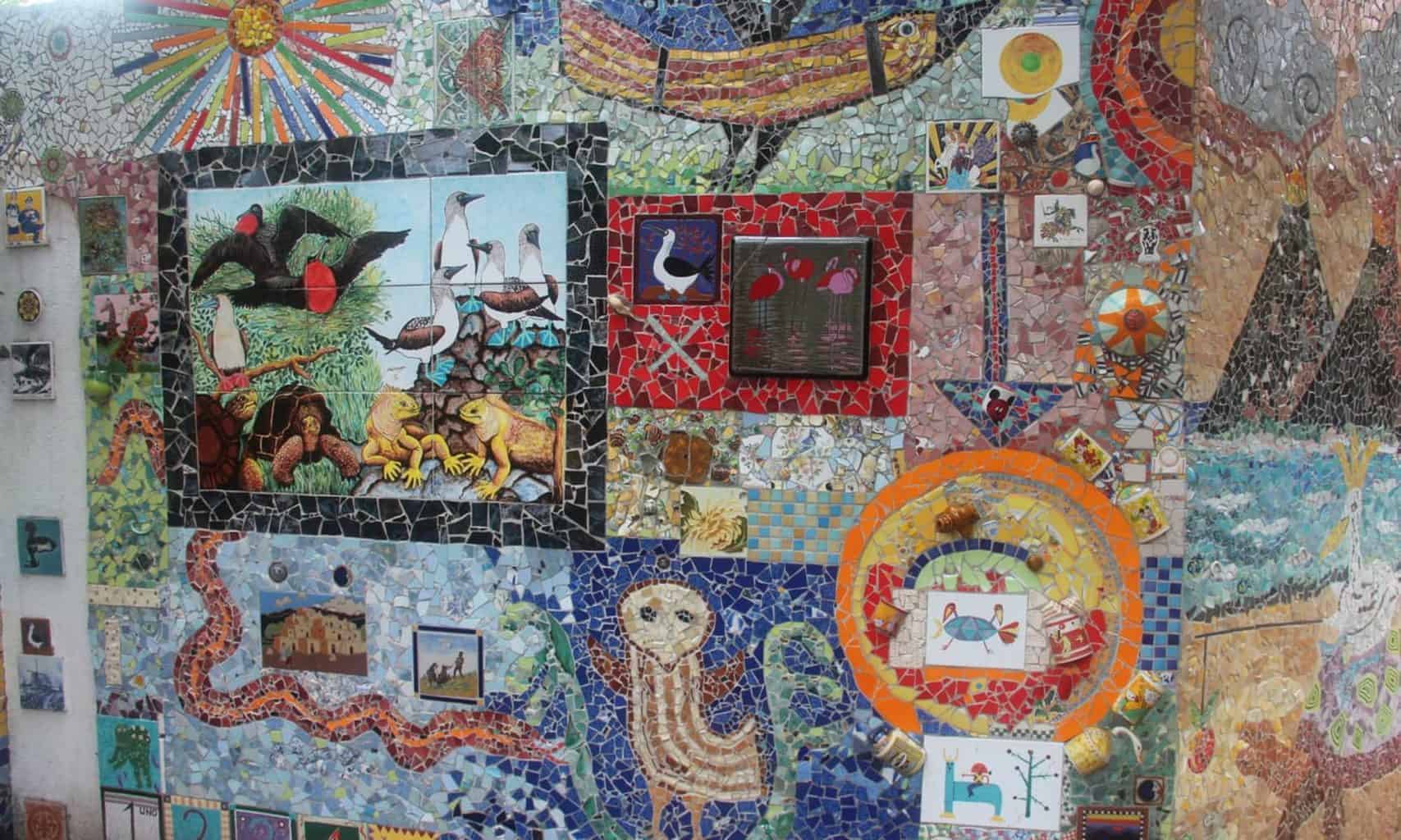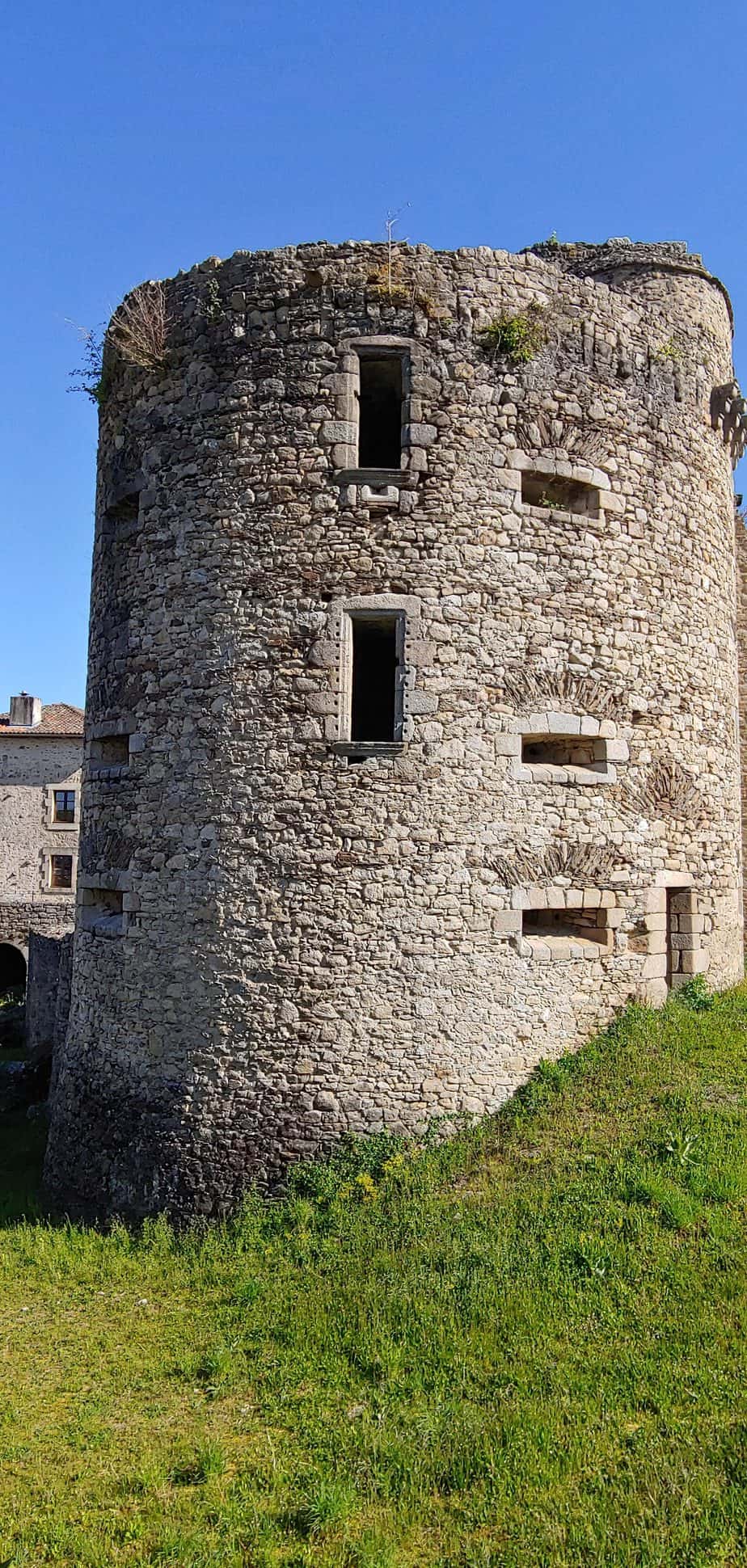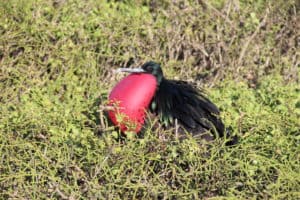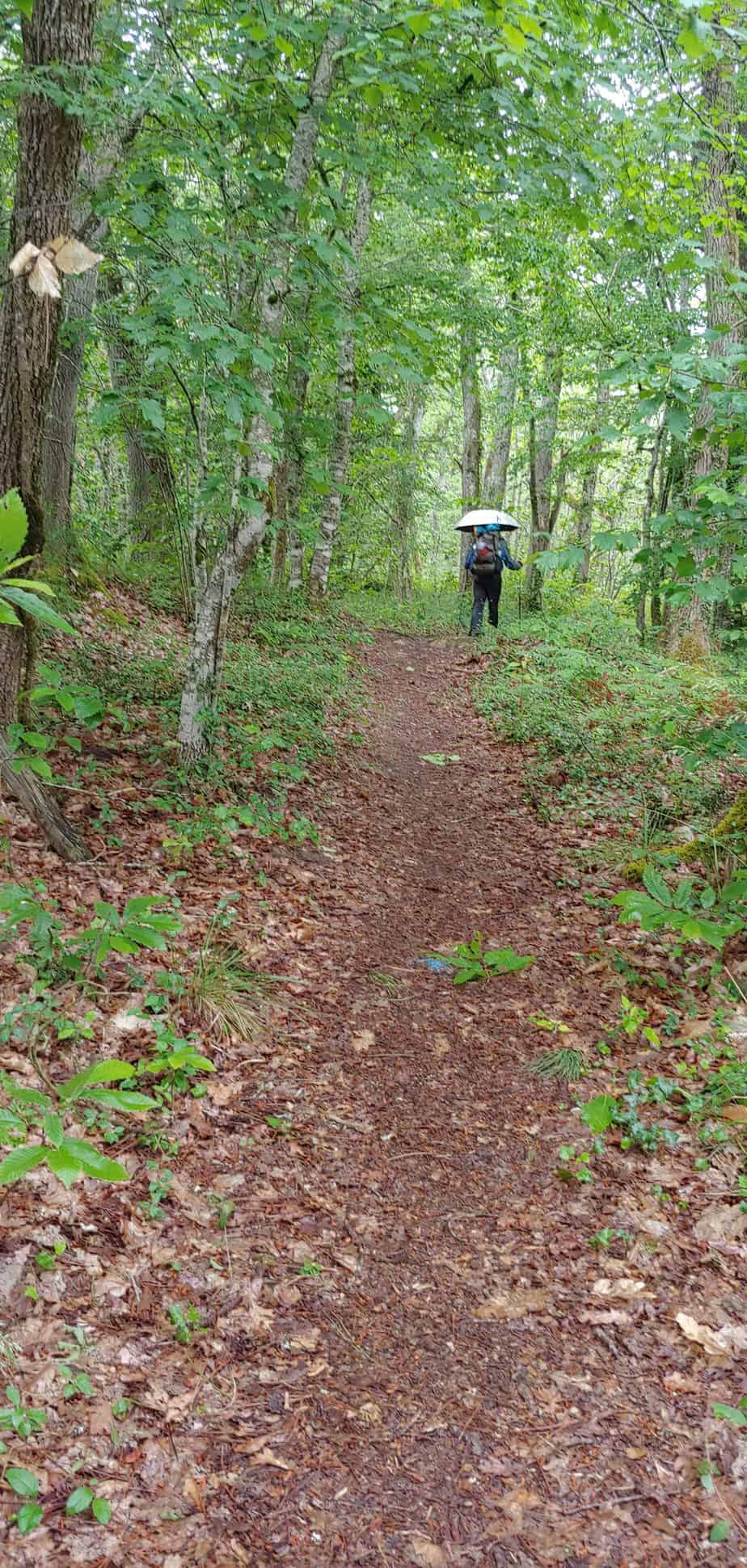Thanksgiving and Gratitude
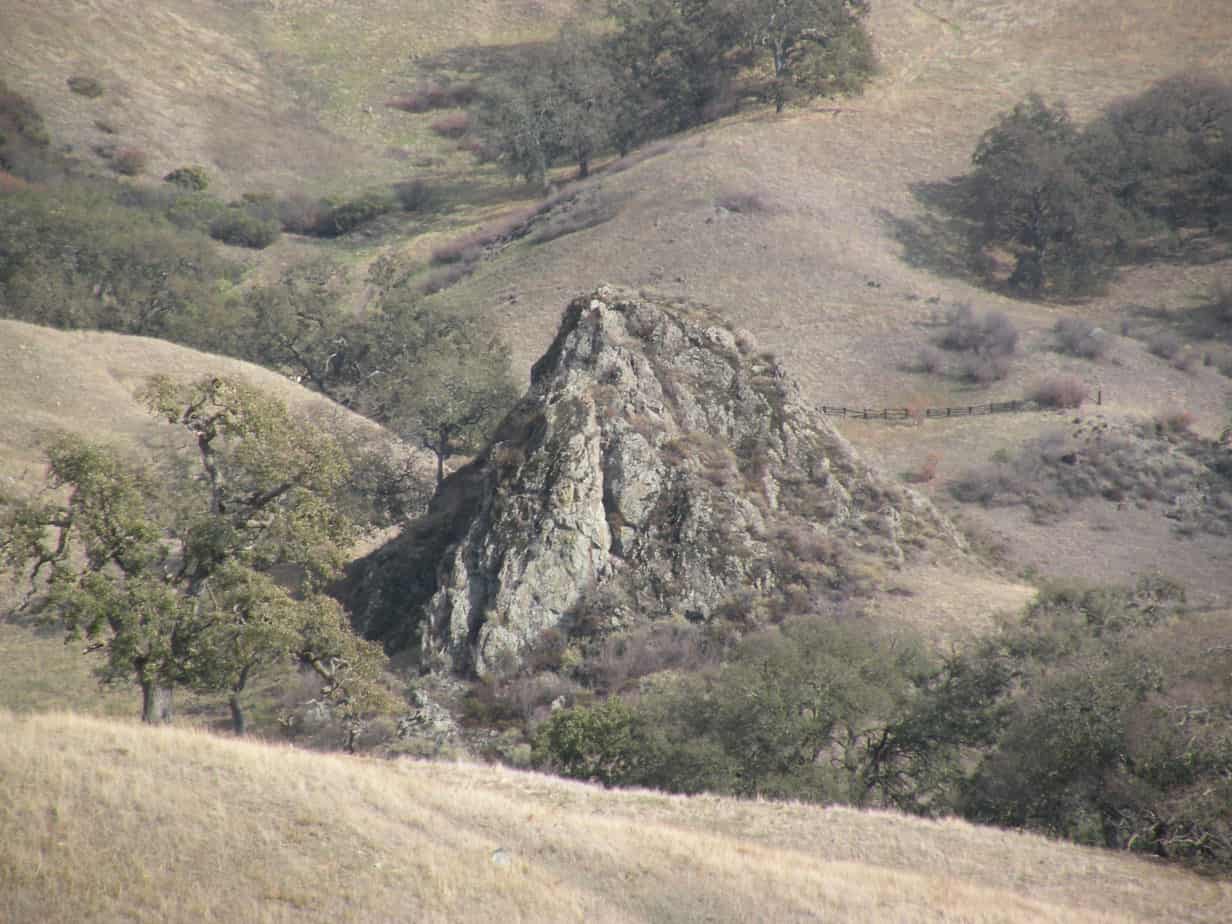
Here in the S.F. Bay Area, the days have been so mild with daytime temperatures in the 60s and 70s, it’s hard to believe that it’s almost Thanksgiving. However, when it starts getting dark at 5 PM, and colder, we realize we have to work a bit harder to fit hikes into our shorter daytime hours.
This reminds me that I have much to appreciate about where I live, why I try to support environmental causes, and how grateful I am for the thousands of people here who work to protect our environment.
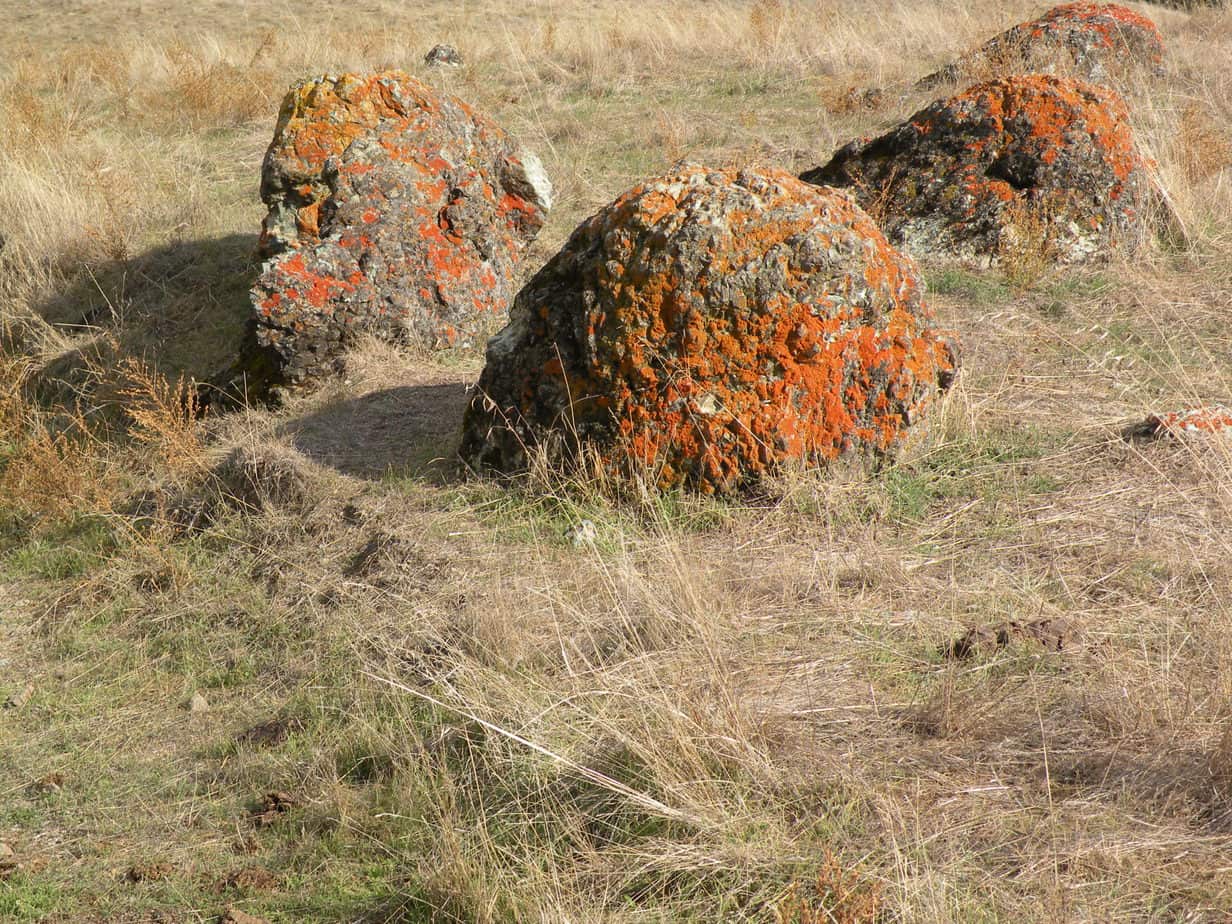
In particular, I am reminded of the importance of the regional parklands around me, which…
- provide hundreds of miles of trails that I can hike.
- bring ever-changing displays of flowers, trees, and other plants.
- have quiet places to clear my head and exercise my body.
- inspire my writing and photography with its scenic beauty.
- support wildlife—from ladybugs covering entire branches; herons stalking their prey; hawks soaring overhead; flickers hammering cavities in tree branches to build their nests.
- offer the opportunity to gain perspective on our place on this earth.
- allow free, or inexpensive, visits to all who want to come.
And, people are instrumental in what happens…
- by envisioning the setting aside of parcels of land to create parklands.
- when they work to acquire properties that would otherwise turn into developments.
- by volunteering to help with fund-raising, to interface with the public at the kiosks and gift shops, and by organizing work parties for weed control.
- when they become park employees that build fences and picnic tables, clear out invasive plants, repair storm damaged trails and roadways, and educate park visitors.
- by voting in tax measures to support and improve our parks
Galen Rowell, photographer, climber, author (1940-2002) in Bay Area Wild: A Celebration of the Natural Heritage of the San Francisco Bay Area wrote, “The San Francisco Bay Area holds the most extensive system of wild greenbelts in the nation, with more than 200 parks and other protected areas lying within forty miles of the city.”
We are truly blessed to live here.
